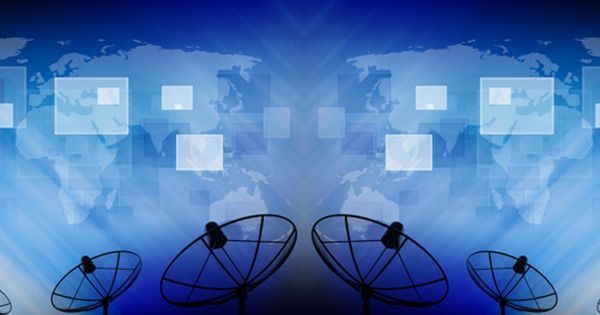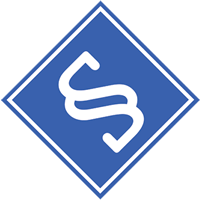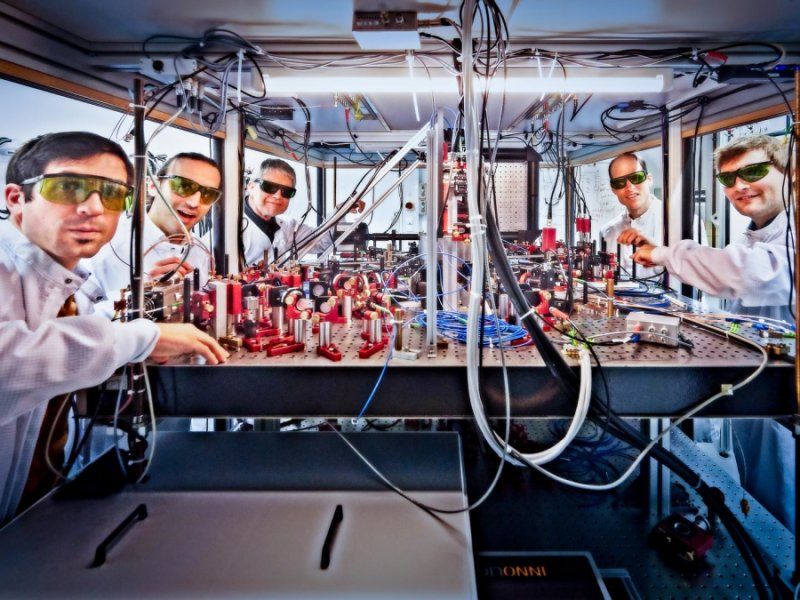Page 10540
Feb 10, 2017
The Future for Financial Services
Posted by Karen Hurst in categories: business, computing, finance, quantum physics
Of course it will; and already been tested in some institutions.
Could quantum computing change the way we look at Financial Services? Frederik Kerling, Business Consultant at Atos, considers its impact in this piece of speculative fiction.
Feb 10, 2017
Crystals for Superconduction, Quantum Computing and High Efficiency Solar Cells
Posted by Karen Hurst in categories: chemistry, computing, quantum physics, solar power, sustainability
Nice forum on QC Crystal Superconduction in Mar.
From March 8–10, 2017, an International Conference on Crystal Growth is to be held in Freiburg under the auspices of the German Association of Crystal Growth DGKK and the Swiss Society for Crystallography SGK-SSCR. The conference, jointly organized by the Fraunhofer Institute for Solar Energy Systems ISE, the Crystallography department of the Institute of Earth and Environmental Sciences at the University Freiburg and the University of Geneva, is to be held in the seminar rooms of the Chemistry Faculty of the University of Freiburg. Furthermore, the Young DGKK will hold a seminar for young scientists at Fraunhofer ISE on March 7, 2017.
“Whether for mobile communication, computers or LEDs, crystalline materials are key components of our modern lifestyle,” says Dr. Stephan Riepe, group head in the Department of Silicon Materials at Fraunhofer ISE. “Crystal growth has a long tradition and today is still far from becoming obsolete. Materials with special crystalline structure are being developed for applications in high-temperature superconductors through to low-loss power transmission. Artificial diamonds are a favorite choice for building quantum computers. At the conference, the production of silicon, III-V semiconductors and most currently perovskite layers for cost-effective high efficiency tandem solar cells will also be discussed.”
Continue reading “Crystals for Superconduction, Quantum Computing and High Efficiency Solar Cells” »
Feb 10, 2017
3D printed soft robotic hand controlled by brain signals offers ‘better interaction with the environment’
Posted by Karen Hurst in categories: 3D printing, quantum physics, robotics/AI
Add RadioBio/ Quantum Biosystem technology and this will be perfect.
Soft robotics researchers at the University of Wollogong (UOW) in Australia have used 3D printing to build a realistic robotic hand that can be controlled by brain signals and which has a surface texture similar to human skin.

Feb 10, 2017
Future Warfare: Meet The Electromagnetic Railgun
Posted by Klaus Baldauf in category: military

https://youtube.com/watch?v=M3C6lrTkBXU
At the U.S. Army’s annual Maneuver and Fires Integration Experiment (MFIX), the Blitzer railgun performed successfully during eleven test firings. The test projectiles contained a Guidance Electronics Unit (GEU), which beamed back telemetry indicating the shells achieved an acceleration of over 30,000 gravities, and that all components survived the multi-Tesla magnetic field that powers the launcher.
“We continue to perform risk reduction and technology maturation of projectile designs and components to culminate in an integrated demonstration of a maneuvering railgun launched projectile,” says Nick Bucci, vice president of Missile Defense and Space Systems at General Atomics Electromagnetic Systems.
Continue reading “Future Warfare: Meet The Electromagnetic Railgun” »
Feb 10, 2017
Russian cyborgs among us: technology that literally gets under your skin
Posted by Klaus Baldauf in categories: cyborgs, transportation
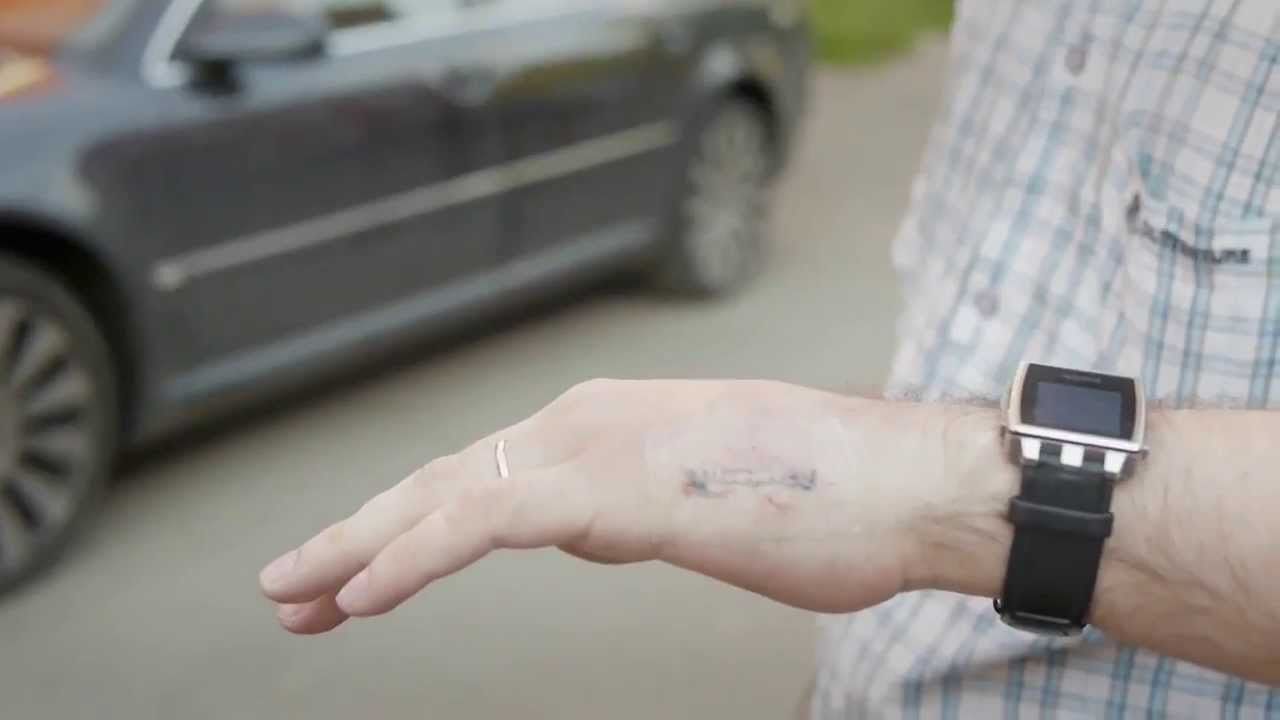
https://youtube.com/watch?v=Pq8Rj9IrJkY
Moscow is one of five cities in the world where people have begun installing subcutaneous implants for travel on public transport. The first Russian cyborgs, however, complain about the limits of using their new devices in everyday life.
Feb 9, 2017
Another hurdle to quantum computers cleared: Sorting machine for atoms
Posted by Karen Hurst in categories: computing, particle physics, quantum physics
Nice.
Physicists at the University of Bonn have cleared a further hurdle on the path to creating quantum computers: in a recent study, they present a method with which they can very quickly and precisely sort large numbers of atoms. The work has now been published in Physical Review Letters.
Imagine you are standing in a grocery store buying apple juice. Unfortunately, all of the crates are half empty because other customers have removed individual bottles at random. So you carefully fill your crate bottle by bottle. But wait: The neighboring crate is filled in exactly the opposite way! It has bottles where your crate has gaps. If you could lift these bottles in one hit and place them in your crate, it would be full straight away. You could save yourself a lot of work.
Continue reading “Another hurdle to quantum computers cleared: Sorting machine for atoms” »
Feb 9, 2017
Dotz Nano reveals proof of concept for a new type of flash memory
Posted by Karen Hurst in categories: computing, quantum physics, solar power, sustainability
New Graphene based flash memory card coming.
Dotz Nano (ASX: DTZ) has successfully completed a proof of concept research study into the use of Graphene Quantum Dots (GQDs) in flash memory devices with the Kyung Hee University in South Korea.
GQDs are being developed for use in various applications including medical imaging, sensing, consumer electronics, energy storage, solar cells and computer storage.
Continue reading “Dotz Nano reveals proof of concept for a new type of flash memory” »
Feb 9, 2017
Nanorods Emit and Detect Light, Could Lead to Displays That Communicate via Li-Fi
Posted by Karen Hurst in categories: mobile phones, nanotechnology
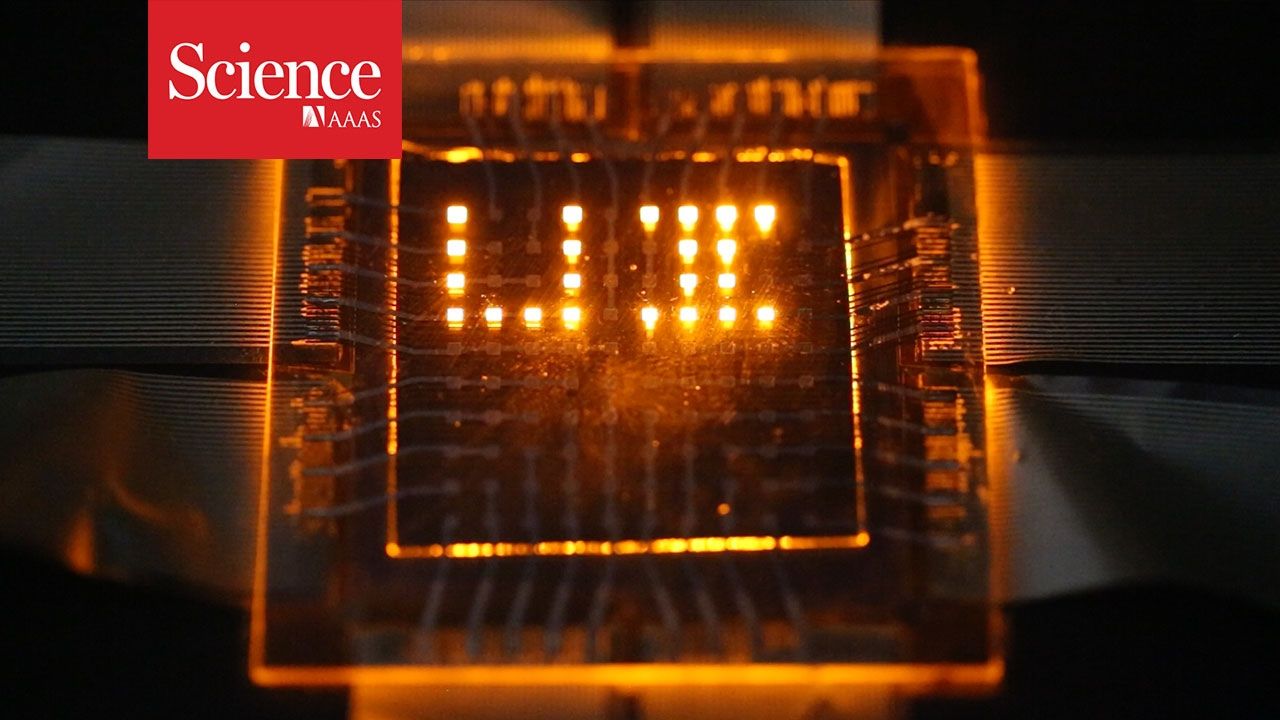
I don’t know how to say this; however, Apple has already shared their own experiment Li-Fi over a year ago; now this from IEEE.
Now an advance by a team of researchers from the University of Illinois at Urbana–Champaign, the Electronics and Telecommunications Research Institute in South Korea and Dow Chemical may turn the display market on its head by eliminating the need for backlights in LCD devices. They have produced a LED pixel out of nanorods capable of both emitting and detecting light.
Feb 9, 2017
Disrupting the White House: Peter Thiel’s Influence is Shaping the National Security Council
Posted by Dan Kummer in categories: finance, policy, security
Over the past week, the White House appointed five new senior National Security Council staff officials. Two in particular signify the emerging and disruptive influence Billionaire tech investor Peter Thiel could have on U.S. national security and how he might bring his venture capital perspective — visionary but unconventional leaders, big bets on disrupting established industries — to national security.
Kevin Harrington, a Thiel acolyte, has been named Deputy Assistant to the President for strategic planning. Since early December, Harrington served on the Trump “landing team” at the Commerce Department, where his job was to help hire people for open positions and identify policy priorities. Before that, he worked at hedge funds started by Thiel. Michael Anton, a former executive at an investment management firm and speechwriter, was named Deputy Assistant to the President for Strategic Communications, virtually the same job that Obama advisor Ben Rhodes held. POLITICO reports that he received the position “thanks to an entree from Thiel.”
The Harrington appointment is unusual for a couple of reasons. First, the elevation of this position to “Deputy Assistant to the President,” the second highest rank within the White House, suggests that Harrington will have a larger role than his predecessors. Although the strategic planning office is one of the most important at the NSC, it is typically staffed by a lean team of forward thinkers and the head of the office is ranked accordingly.
